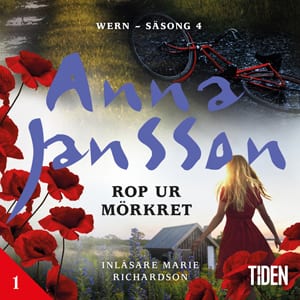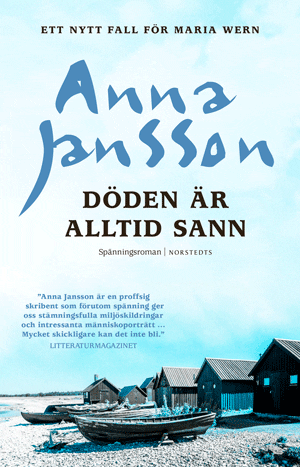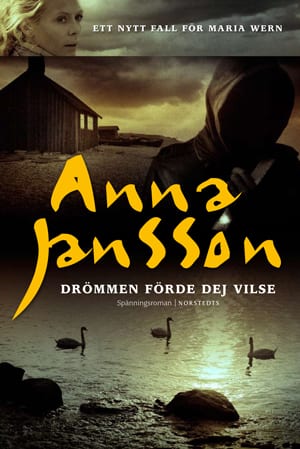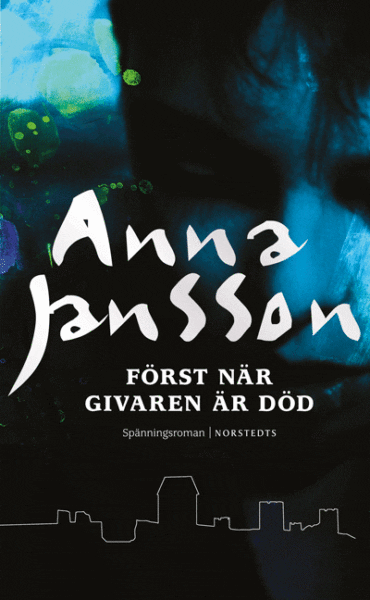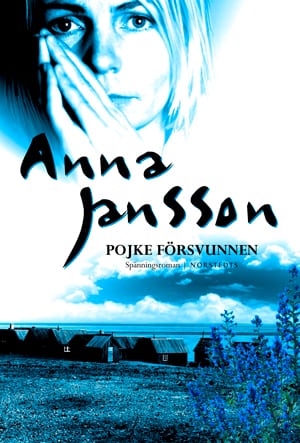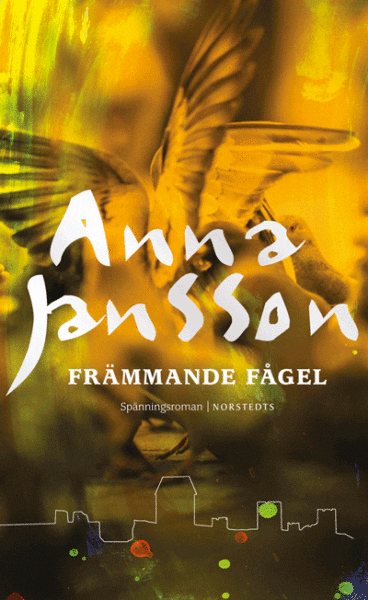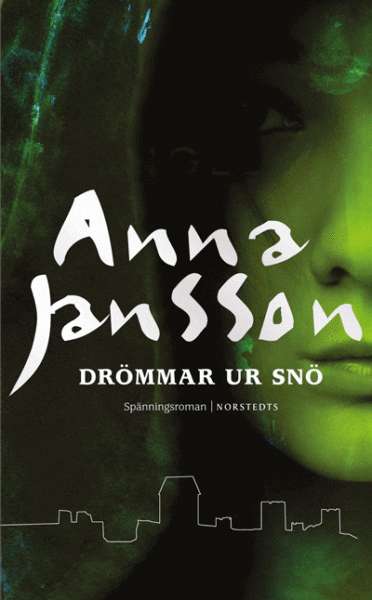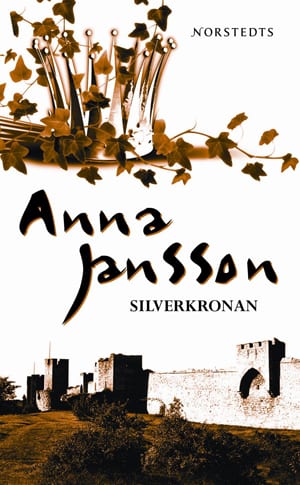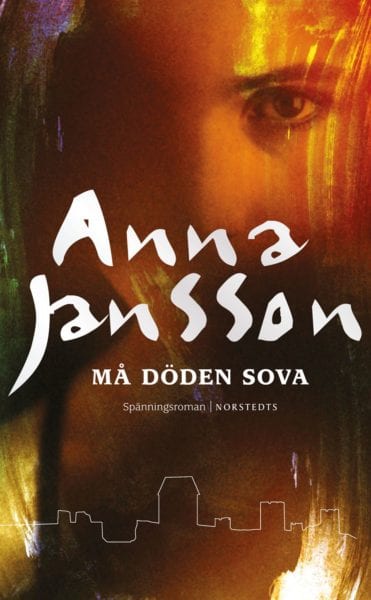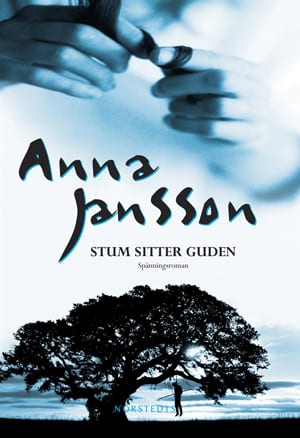VICTIMS OF THE UNKNOWN (TILL OFFER ÅT DE OKÄNDA)
Anna Jansson

Lovisa Enqvist has lied. Shaky and angst-ridden, she pulls the blanket over her head. It’s nearing midnight and she is alone at home. Lovisa and her best friend Rosalie are about to start high school, and Lovisa has just told Rosalie’s mom that her daughter is sleeping over. But Rosalie’s not there – and after tonight, nothing will ever be the same again.
The first day at high school ends in catastrophe. That evening, a party is held at the luxury villa in Visby. A teenage girl disappears, leaving no trace, and the questions are piling up. Maria Wern and her police colleagues are put in charge of the investigation. The witness statements about the party don’t match up. Is anyone telling the truth? When the police discover that another girl is missing, they fear that more teenagers may be in danger.
Maria Wern must race against the clock to solve the case. The evidence leads her to a photographer who took photos of one of the girls, and an artist who wants young women as models. When parts of his art collection are destroyed in a fire, Maria Wern understands she’s dealing with a murderer without a conscience.
In Victims of the Unknown, Anna Jansson insightfully portrays the angst of the teenage years, and offers us nail-biting suspense.
Rights
Denmark: People’s
Finland: Gummerus
Sweden: Norstedts
REVIEWS
“Anna Jansson is a reliable author with many Maria Wern books to her name, and she portrays the teenage world with momentum and presence.”
Dagens Nyheter / SWE
“An exciting read. The plot is captivating, it’s difficult to predict the resolution, and impossible to put the book down.”
DAST MAGAZINE / SWE
“Anna Jansson’s strength lies in capturing reality, putting it into words, and compose a highly realistic crime.”
Barometern / SWE
“After 24 years with Inspector Maria Wern on the island, Anna Jansson doesn’t need to defend herself. It’s clear she knows the island like the back of her hand – and remembers what it was like to grow up there […] As always, Anna Jansson gives the readers many threads to unravel, and the plot often takes significant leaps forward. At the same time, there’s a pathos for the vulnerable and marginalized between the lines.”
Smålands-Tidningen / SWE




















